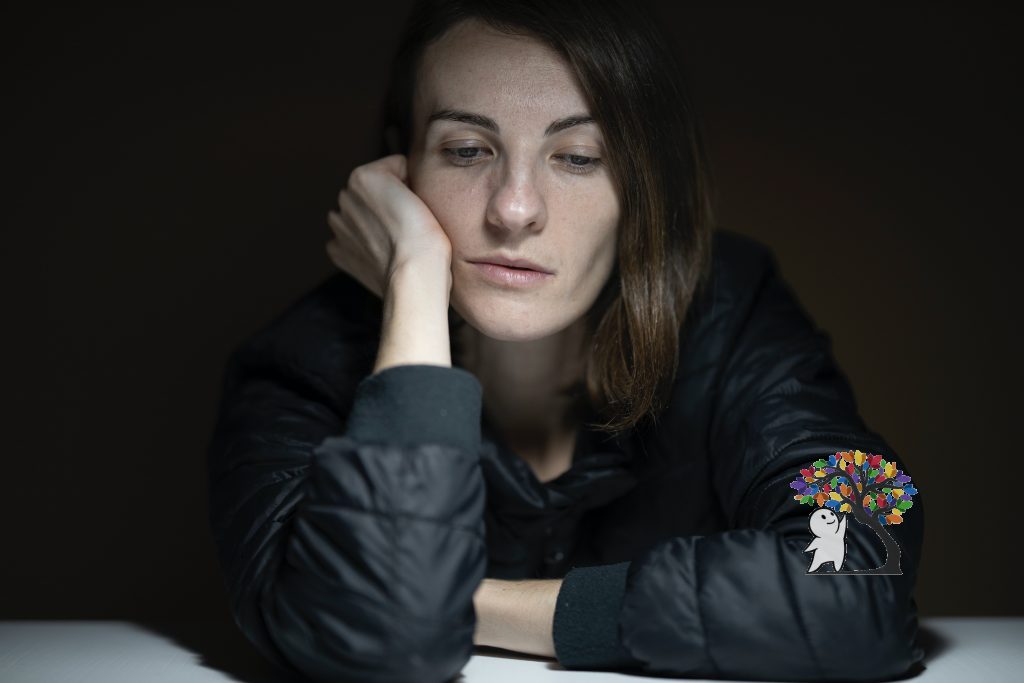9 Steps to Overcome Childhood Abuse

Childhood abuse can be very traumatizing for a numerous number of people. When kids don’t get the help they need in the right time, these horrific events may follow them along the way until they grow up. Processing these feelings could be difficult for a lot of people because those old wounds are already deeply stuck in their brain for so long. The subconscious mind has an important effect on human’s behaviors. Those horrific memories can be the result for many negative emotions such as anger, sadness, lack of trust, low self-esteem, shame, and fear.

Statistics and Facts about Childhood Abuse:
Some shocking statistics were reported by the American Society for the Positive Care of Children (American SPCC), which is a non-profit whose main goal is to improve the lives of children across the United States. They reported that in the US alone: 4.1 millions of child abuse cases are reported annually, 74.9% are child neglect, almost 5 children die everyday from abuse and neglect, and 80.1% of children fatalities involve at least one parent. Also about 80% of 21 years olds who were abused met criteria for at least one psychological disorder. The list goes on and on.
Regarding all the above, in their report “Child Maltreatment 2017” which represents national data about child abuse and neglect, the Children’s Bureau of the U.S. Department of Health and Human Services reported a lot of other unfortunate numbers and statistics about this matter with mentioning that child abuse crosses all socioeconomic and education levels, religions, ethnic and cultural groups.
However, that does not mean we should give up on pursuing a happy life. It can be hard to deal with painful past but by opening up to ourselves and seeking help, we can definitely make it.
In Canada, The Centre for Children & Families in the Justice System states in their resource “Little Eyes Little Ears“ that Children who do not blame themselves for the violence and who develop coping strategies, such as reaching out for help, can have the best outcomes after experiencing violence. They also said ‘a child who lives with violence is forever changed, but not forever “damaged.” There’s a lot we can do to make tomorrow better.’

Here are 9 Steps that can Help You Overcome Childhood Abuse:
1- Love and take care of yourself:
This step is very important. Sit down, talk to yourself, and tell yourself that you are worth it. Let yourself hear all the compliments you need. I’m not telling you to lie, I’m saying show yourself the real you, how beautiful you really are from the inside and the outside. When it becomes a habit, you’re going to feel a major change in your life. Love your body and your soul, happiness and positivity will eventuate and that would reflect later on your relationship with your surroundings.

2- Get to know and accept yourself:
Accept what you have. Stop blaming yourself for a past you had no control over. In the contrary, take control now of your present. Accept that your feelings, needs, and wants are important. Accepting and understanding yourself, and what happened to you that made you who you are now, is the first step to healing and changing your life for good.
3- Start to express your needs:
Your needs and wants matter as much as anyone else’s. Express them to yourself and to your partner. Set your boundaries with people. That will make you feel relieved and will also raise your confidence. People aren’t mind readers, so let’s show them how we feel.

4- Step outside your comfort zone:
Get yourself a hobby; hang out with your friends, and travel. Do all the things you wish to do; meet new people. It’s time to look ahead to the future instead of constantly remind yourself about your past. Isolation is your enemy; keep yourself busy with people who truly love you.
5- Let go of your past and improve your present:
Probably all the people that caused you pain during your childhood had forgotten about it, or even have no idea it did happen. So why keep thinking about them? Why give them the value that should be giving to people who truly care? Which is why, it’s time to grow up rather than to be locked inside that scared little child. Your present may lack improvement until you let go of your past. Close that chapter and begin a new one.

6- Give yourself credit:
Trying to overcome a past isn’t that easy and it takes a lot of effort; therefore, it is very necessary to give yourself credit every time you step out of your comfort zone. Either by compliments or a present; tell yourself you’ve done a great job. Buy yourself that bag you saw last week, or that book you were hesitating about.
7- Get support and help:
If you feel incapable of dealing with your pain alone, there is no shame in seeking help and support. Open up to your partner or a close person to your heart. Tell them how you feel. If they truly care about you, they will listen. Sometimes sharing the pain soothes it.

8- Therapy:
This is the perfect way if you want to seek professional help. You can see a therapist who will help you by digging into the deepest level of your problems and ask you professional questions about your life. Maybe digging in your past will give you the solutions you need. However, you want to make sure the therapist is a good fit and remember that you have to be mentally ready for it so you don’t cut and run in the middle when it gets too hard. There is also group therapy if you’d like to share your experiences with others and learn from theirs.
To heal childhood wounds, Robert Taibibi, who is a therapist, suggests on Psychology Today EMDR which stands for eye-movement-desensitization-reprocessing. He said ‘It is a specific form of therapy with specific techniques and has been shown to be effective for a wide variety of traumatic experiences. In contrast with traditional therapy, the process requires less talking and plowing through events, and is quicker and therefore less expensive.’
This is also another way for you: you can search online for personal advice. There are a lot of resources, books, articles and TV shows that discuss this topic. Also, you can find personal stories and amazing tips on Psych2Go website and YouTube channel. They personally helped me a lot.
9- Get closure:
This should be the final step and the ending of your trauma. At this level you are already moving on. You are already ready to completely close that chapter of your life and focus on what’s more important which is now and future. You’re no longer trapped inside that little child’s fears. You are free now to have a healthy life. Just remember, to never normalize what happened to you. Learn from your past and all the pain you’ve been through so later on, you remind yourself that it is the wrong thing to do and no one deserves to experience it.

Childhood Abuse is Common But Not Normal.
To conclude, these pieces of advice came from personal experiences of mine and others who are close to me and also by making research to learn how to deal with this issue. To get the full closure, it may take a long time but after all, our goal is to be happy and put an end to pain. So, be brave, patient, listen carefully to your inner self, and face your fear.




[…] you liked this one, check out these articles: https://psych2go.net/9-steps-to-overcome-childhood-abuse/ https://psych2go.net/5-books-to-help-abuse-survivors-heal/ […]